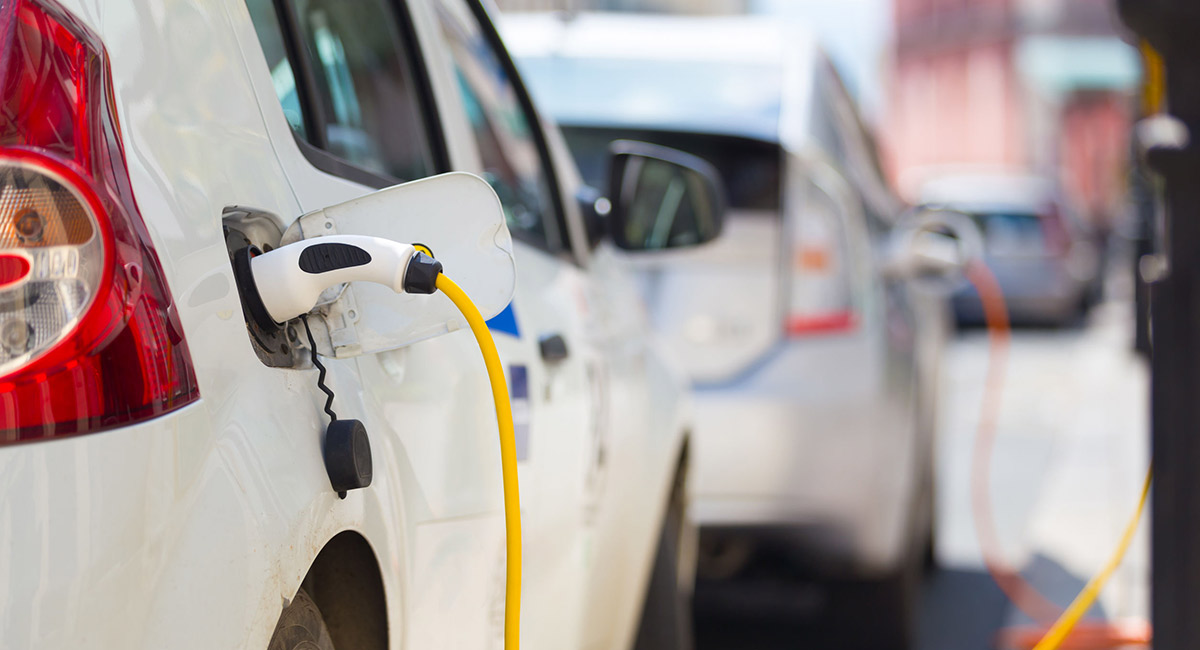Subsidizing electric vehicles (EVs) to replace gasoline-powered cars and trucks is an increasingly important part of the state’s climate change playbook. California announced last month that it will ban sales of new gasoline-powered cars by 2035, essentially forcing California drivers into EVs, while President Biden announced $7.5 billion in funding to build electrical vehicle charging stations in 35 states, with funding for the remaining states on the way. But our expensive push to put all drivers into EVs won’t make even a small dent in the fight against climate change, and it creates new risks for states with electric grids that already are stretched to capacity, particularly California.
For years, EVs have been a bad fit for most drivers, reflecting limited driving ranges, long charging times, and high up-front costs. This is why federal and state governments have implemented a host of costly subsidies to incentivize car producers to build EVs and consumers to buy them, including federal and state tax credits and rebates, local utility rebates for EV charging, requiring car companies to produce a minimum number of EVs, and special driving perks, such as permitting a single driver in an EV to drive in a lane otherwise designated only for carpools and vanpools.
Today’s EVs have a longer range and shorter charging times than earlier iterations, but they still require enormous subsidies to get consumers to drive them off the lot. All told, Biden has advertised that his administration has invested, or will invest, a total of $135 billion on EVs.
You would think that this would move the climate change needle. It won’t. Not even close. This is because US cars and trucks account for only about 2 percent of worldwide carbon emissions. Moreover, EVs are not as green as you might imagine. Much of the battery production for EVs comes from Chinese factories that burn coal, which creates much more carbon emissions than natural gas or petroleum. Because of the indirect carbon emissions arising from producing and charging EVs, the International Energy Agency calculates that EVs produce about 50 percent less carbon than fossil-fuel powered cars, meaning that retiring America’s fleet of gas and diesel-powered vehicles would reduce global carbon emissions by only about 1 percent.
Our emphasis on EVs is not only expensive, it also ignores the significant amounts of other air pollutants EVs create due to their enormous weight (a Mercedes-Benz EQV tips the scales at about 6,500 pounds). EVs create more particulate pollution from greater wear on brakes, tires, and roads. The World Health Organization estimates that 4.2 million people die prematurely each year from particulate pollution, but policy makers have fallen in love with EVs and apparently nothing can change their minds.
Transitioning the US from our current state of less than 1 percent to all cars being EVs requires enormous investments in charging capacity, which in turn will put additional stress on the country’s power grid. The grid has become increasingly vulnerable to surges in demand as it has shifted more to electricity being produced by solar and wind power.
A key problem with relying on renewables for electricity, especially solar, is that we don’t yet have battery storage capacity to adequately capture the surplus power generated during peak sunshine hours, which is essential for EVs since many consumers will be charging their EVs at night. California, which has moved to renewable power generation much faster than most states, pays other states to take excess power produced at midday off our hands, lest it damage California’s power grid. This means electricity supply becomes increasingly scarce and risky during the evening hours, when the sun sets and household demand spikes. During California’s recent heat wave, consumers were told not to charge EVs at night and to otherwise substantially reduce electricity use because of limited power supplies in the late afternoon and early evening hours.
This raises the question of what California would have had to do during its last heat wave if more Californians had adopted EVs. It makes little sense to demand more electricity when the ability to provide that electricity is so uncertain. California’s regulation that will eliminate gas-powered cars by 2035 is based on an expectation that the grid can produce much more than it can today, and from an increasing share of renewables. Presently, this expectation is more of a prayer than an executable plan.
Any plan to deal with climate change must confront the problem that the developing world, particularly India and African countries, will account for about 75 percent of future global carbon emissions. This means we need to develop new technologies that do move the needle, and that can be used by everyone.
For nearly 50 years, governments have tried to develop alternatives to fossil fuels, first as a response to the OPEC oil disruptions of the mid-1970s and more recently to address global carbon emissions. But despite enormous investments and subsidies in renewables, our collective efforts over these five decades have delivered little in the way of reducing global carbon emissions.
Governments have shortsightedly ignored most potential solutions outside of solar and wind, which are the technologies that thus far have delivered much less than expected. Governments have never been effective at picking technological winners and losers, which means that they should invest much more in a wide and diversified portfolio of potential solutions, including carbon capture, new generations of nuclear power, hydrogen power, tidal power, wave power, biomass, geothermal, and more.
We need a game changer, and we maximize the probability of finding such a breakthrough only by investing in many potential solutions, not by focusing on a hand-picked few. Unfortunately, our new climate law delivers little in the way of direct innovation for outside-the-box alternatives. We need to rethink how we subsidize and invest in potential solutions to climate change if we realistically expect to move the climate change needle.








